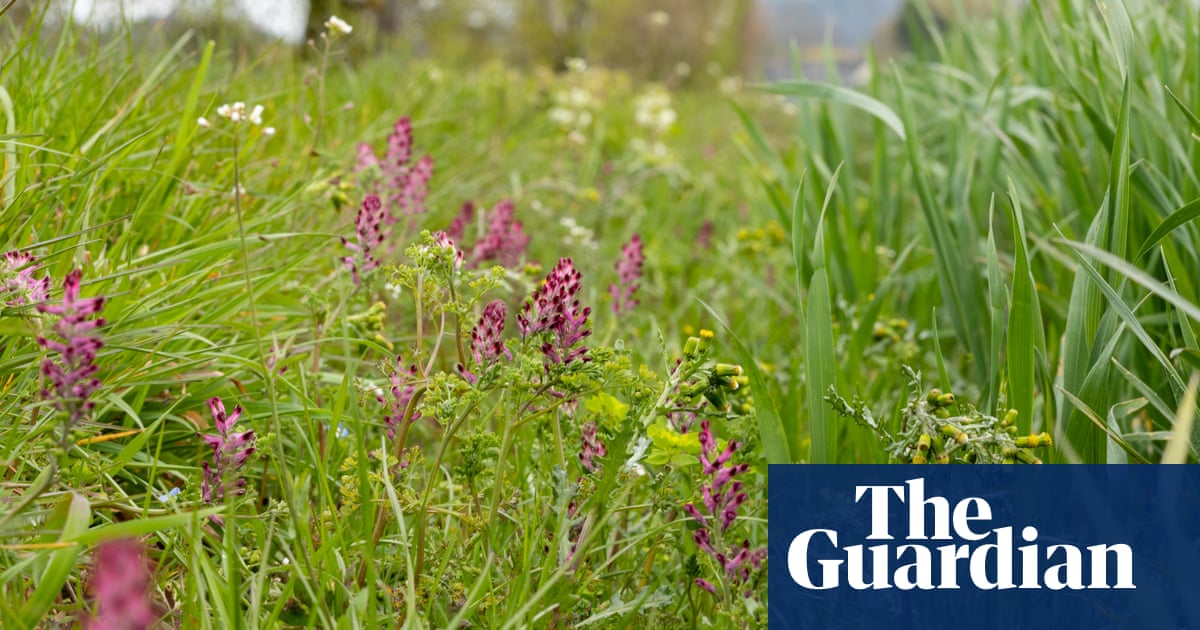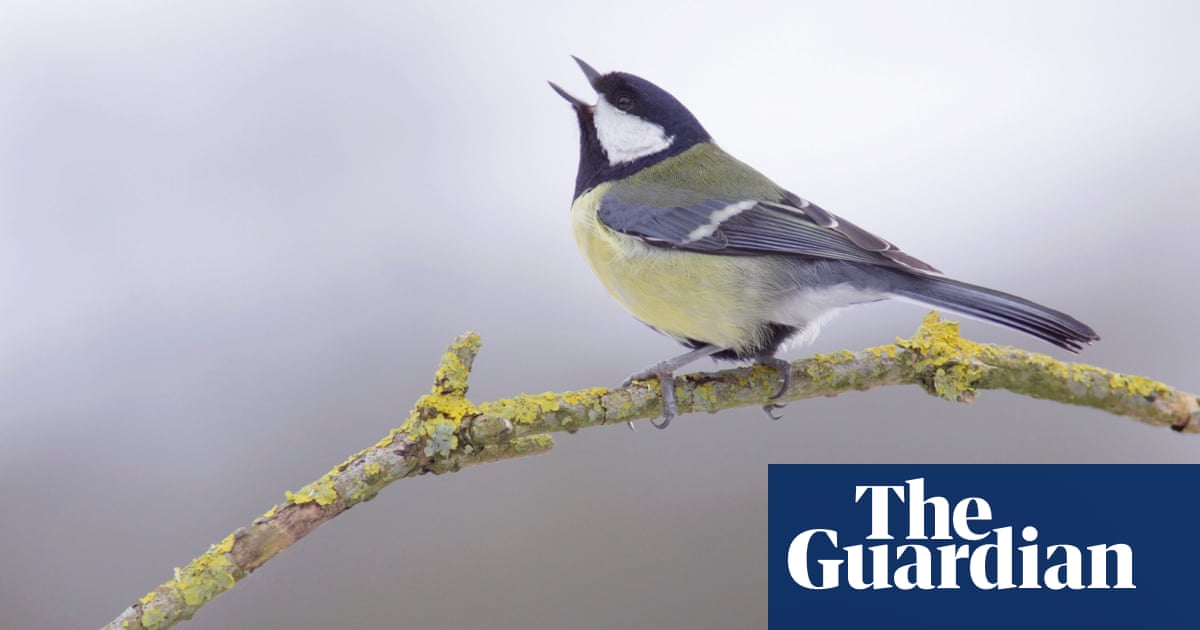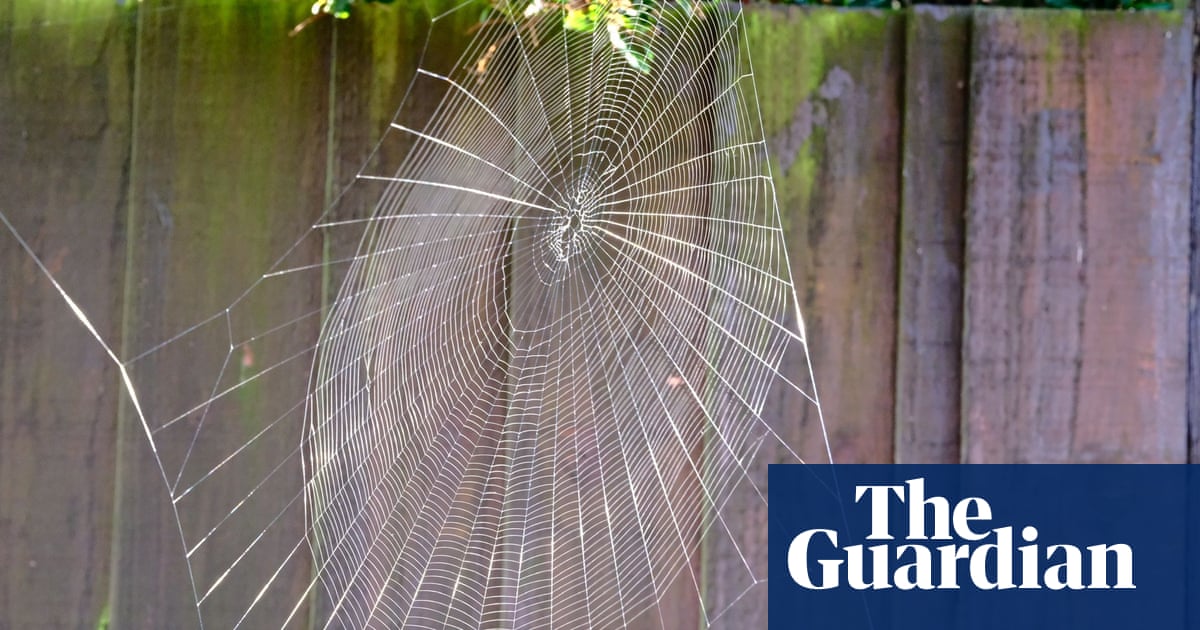
succession of blossoms cheers the prevailing gloom, and belies the fact of winter in my semi-wild garden. Perfume wafts from the thicket of Daphne bholua, spread from a single bush acquired more than 30 years ago. Wren and goldcrest seek out insects among the fluffy lichens on bare branches of the Eucryphia and Judas trees. A blackbird, in between gobbling ivy berries, prospects nest sites in the overgrown privet before the next bout of cold. And several camellias are showing: the tall Camellia x williamsii whose glossy leaves set off the whiteness of the “Cornish Snow” on elegant arching twigs, the “Saint Ewe” with its shocking pink petals and yellow stamens, and the flamboyant double blossoms of “Debbie” and “Donation”. Blooms that are singed and dulled by frost should be replaced in the next milder period by yet more opening buds.
The adjoining slope to this garden was laboriously cultivated until the mid-20th century, when similar areas in the Tamar valley were well known for producing a wide variety of narcissi for up-country markets. Even the earliest daffodils were grown out-of-doors, picked, bunched, boxed and sent away by rail, to be bought as omens of spring, successors to the valley’s winter crop of vivid magenta, blue and scarlet De Caen anemones. Some old-fashioned daffodils, dating from pre-1930, still appear in their original plots among the rough grasses in the orchard and around the withered hart’s-tongue ferns in the regenerating woodland.
Today, the dainty trumpets of “Henry Irving” have already broken bud, soon to be followed by the larger flowers of the most prosaically named narcissi “The First”. “Van Sion”, known locally as the “Double Lent” and dating from the 17th century, remains in a tight bud; it was once valued for Mothering Sunday’s demand for cut flowers, halfway through Lent. In the parish’s abandoned market gardens – which have survived undisturbed and evolved into woodland – the hardiest, long-lived daffodils coexist in the underlying leaf mould, along with bluebells, ferns and dog’s mercury.
The “Rijnveld’s Early Sensation” daffodil, grown outside, was picked before Christmas, but the few remaining flower growers here mostly concentrate production in polytunnels, sheltered from the wind and rain. Most popular on the local roadside stalls are bunches of tazettas – 10 sturdy stems of scented multi-headed flowers such as “Grand Primo”, “Grand Soleil d’Or” and paperwhites, each arranged with a sprig of eucalyptus.












